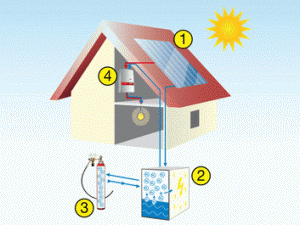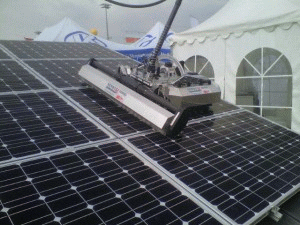Cambridge based solar technology company Polysolar has developed a hi-tech photovoltaic glass which could be used at next year’s Olympic Games in London and also the 2022 FIFA World Cup in Qatar. Polysolar’s transparent PV glass has been designed for use by architects in windows, cladding and glass structures as a way of generating green energy. The glass is already in use in other countries and is able to generate 100w of energy from each pane of glass making it an effective way of generating clean energy from wall and roof space.
Explaining the idea behind the glass, Hamish Watson the founder of Polysolar said,
“Our product is different from any other solar panel on the market, because it can be used as a building material, making it a highly cost effective integral part of the building. Unlike traditional solar cells, which need to be southward facing, the glass can be positioned anywhere, so is more flexible for large scale architectural and engineering projects and hence it generates a higher yield.”
Importantly, Polysolar’s glass has received MCS certification for the UK feed-in tariff. This means that where installed, landlords will be able to generate revenue from the energy which the panes generate which is used or fed back into the national grid. The Ploysolar product will also have the attraction that where installed, property owners will see massive reductions in their electricity bills. Aside from the obvious financial benefits, Hamish Watson is well aware that the green credentials of solar pv technology will be very welcome by event organising committees.
“Our PV glass has generated a lot of interest and we are in discussions to install it at the 2012 Olympic village, where it could be used to help generate power for information displays across the site. We have also had early discussions with the organisers of the 2022 World Cup and the developers of London’s Walkie Talkie building – both projects are obviously quite exciting for our company.”


